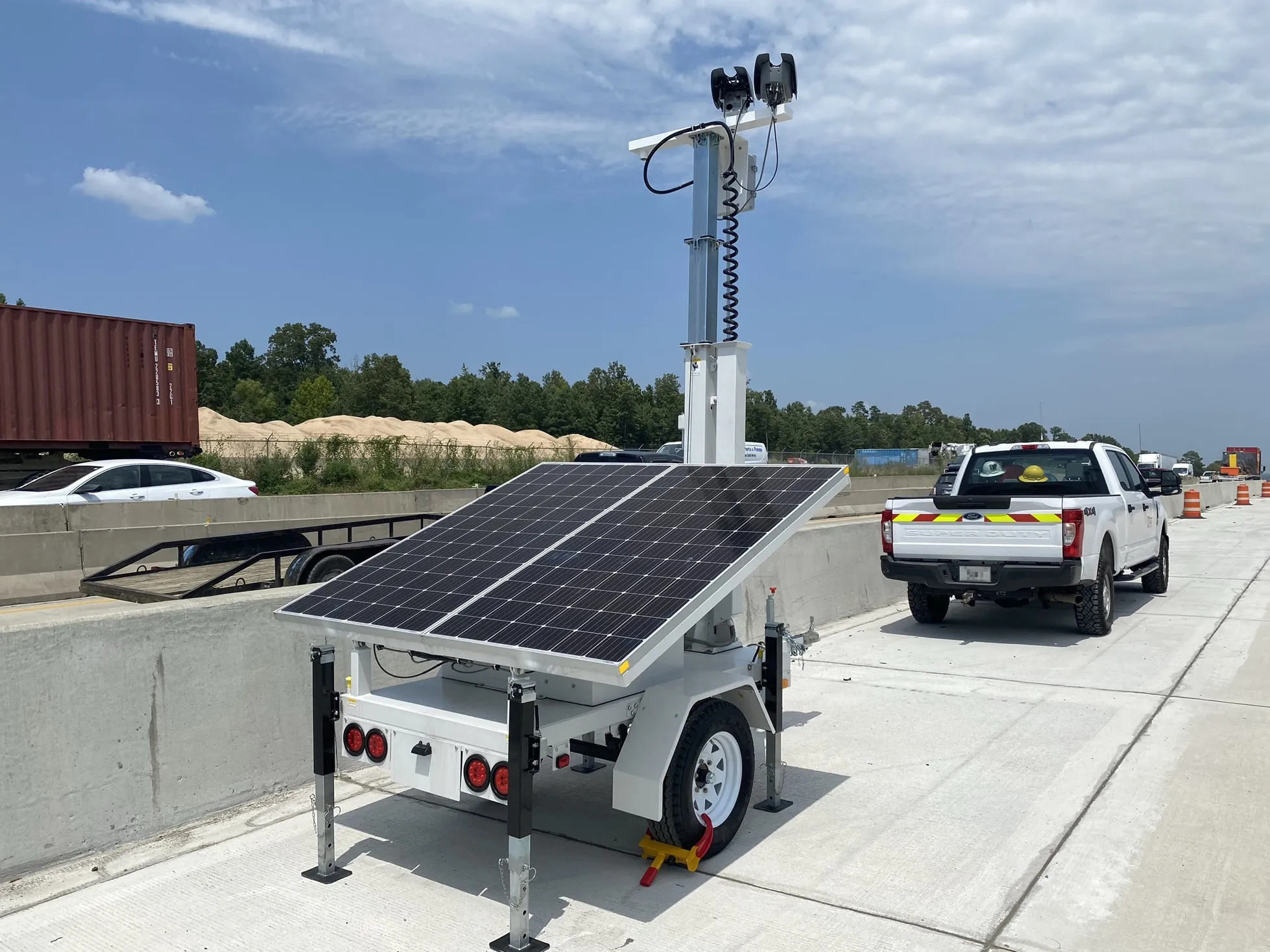States are also failing to capture teen driver restrictions, the use of advanced driver assistance technologies and of infotainment systems. The findings are summarised in the new NSC report, Undercounted is Underinvested: How incomplete crash reports impact efforts to save lives, released during Distracted Driving Awareness Month.
Preliminary estimates from the National Safety Council indicate as many as 40,000 people died in car crashes in 2016, marking a six per cent increase over 2015 and a 14 per cent increase over 2014 – the most dramatic two-year escalation since 1964. Without a clear understanding of the scope of the problem, regulations, laws and policies cannot be more effective.
The National Safety Council is calling on the traffic safety community to take several actions to ensure better data collection and has compiled a full list of recommendations, which is available on its website.
Most crash reports do not capture critical data, says National Safety Council
A National Safety Council review of motor vehicle crash reports from across the US found no state fully captures critical data needed to address and understand the rise in roadway fatalities. Crash reports from all 50 states lack fields or codes for law enforcement to record the level of driver fatigue at the time of a crash, while many others lack fields to capture texting, hands-free cell phone use and specific types of drug use if drugs are detected, including marijuana. Excluding these fields limits the
April 25, 2017
Read time: 2 mins
A 4953 National Safety Council review of motor vehicle crash reports from across the US found no state fully captures critical data needed to address and understand the rise in roadway fatalities. Crash reports from all 50 states lack fields or codes for law enforcement to record the level of driver fatigue at the time of a crash, while many others lack fields to capture texting, hands-free cell phone use and specific types of drug use if drugs are detected, including marijuana. Excluding these fields limits the ability to effectively address these problems, says the report.








